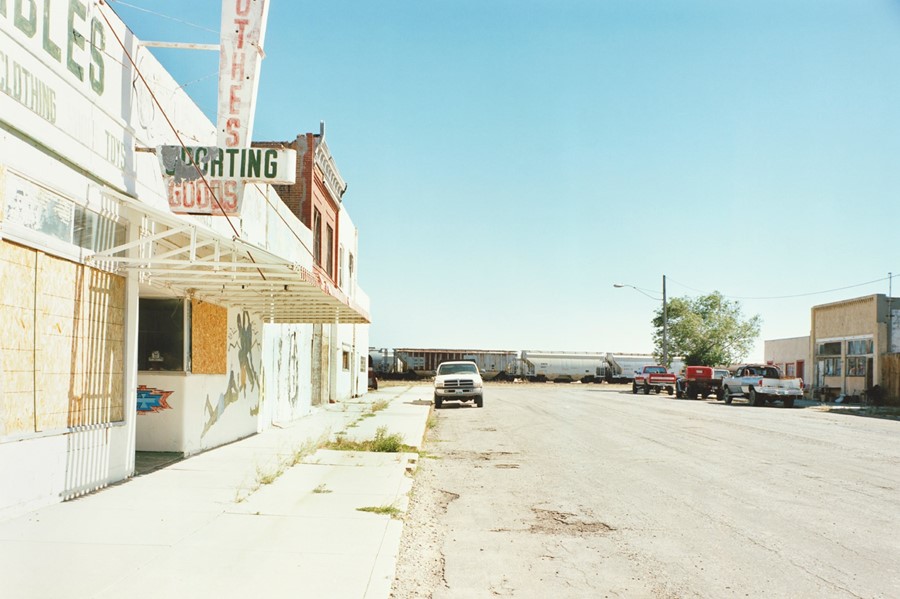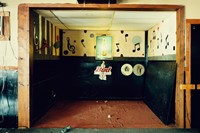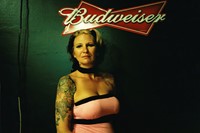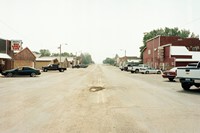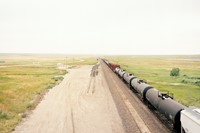We explore the dusty landscape of western America through the cinematic lens of British photographer Tim Richmond
Dusty roads stretching endlessly across the desert; white clapboard churches topped by quaint spires; dilapidated gas stations in sumptuous colours. These icons of the American west have captivated artists and filmmakers for decades, and for British photographer Tim Richmond, they were the driving force behind a seven-year series of road trips – culminating in a dreamy new publication, Last Best Hiding Place.
Richmond's washed-out colour palette, punctuated by rich red and blues – as well as the cast of intriguing characters that pepper his photographs – are extremely cinematic in feel, so it is unsurprising to discover that film was a key starting point for the photographer. "Hud, The Last Picture Show, Badlands, Bad Day at Black Rock, Paris, Texas, No Country for Old Men... In all of these films the landscapes were cast in an equally starring role," he explains. "The sense of starkness, space, isolation and emptiness struck a chord with me, both when I was shooting people and landscapes." And indeed, the resulting photographs – beautifully observed snapshots of small town and rural life in Montana, Wyoming, South Dakota and Utah – resonate with a stirring sense of remoteness, that few places other than the mythical west can conjure, whether depicting a wistful rambler, a vast stretch of fields or the inside of a deserted bar. Here, in celebration of the book's release, we catch up with Richmond to discover more about his practice and the shot that brought his journey to an end.
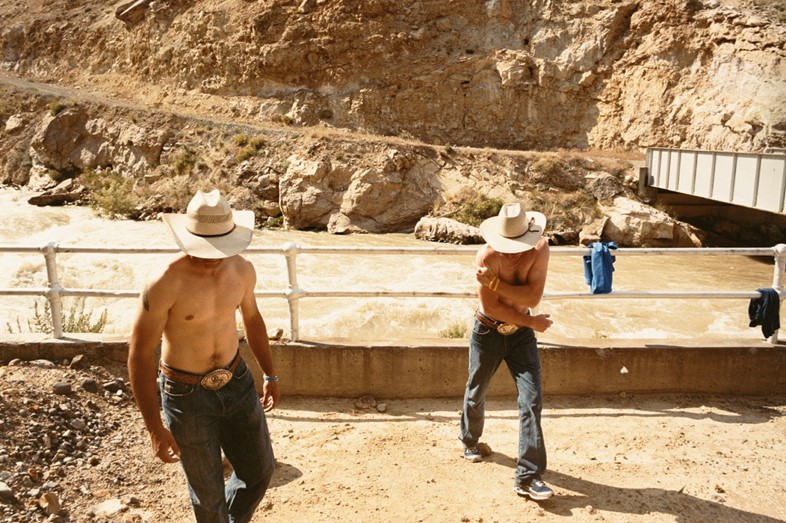
On unravelling the mythical west...
"Last Best Hiding Place is a contemporary journey through the West, where the locations and characters are specific whilst also remaining totally generic. The evidence of the American dream is there, but dust covered, closed and unloved. I wanted to unravel the stereotypical Western myths; the cowboy exists, but he is at the laundromat or gas station."
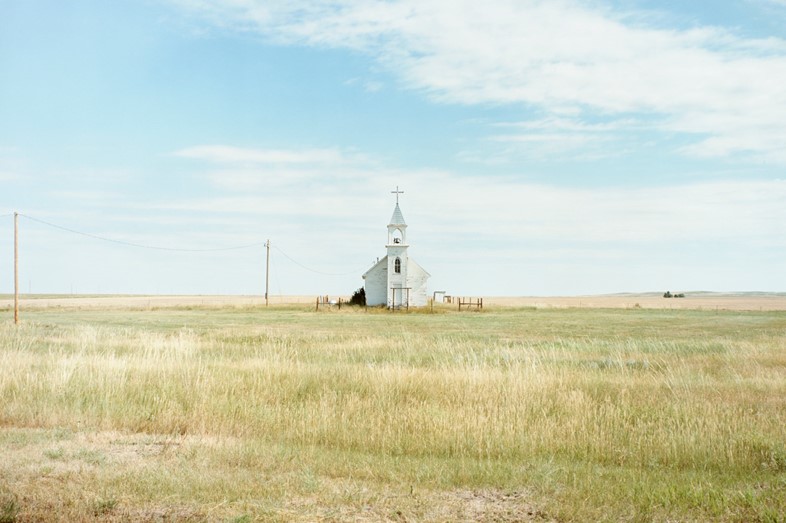
On finding beauty in desolation...
"To me the empty roads and buildings all suggested stories. Roads, railway tracks, bridges all suggest journeys and the possibilities therein. As I wrote in the book, 'Places, like people, can seem alone, filled with melancholy,' and that applies to many of the locations I photograph."
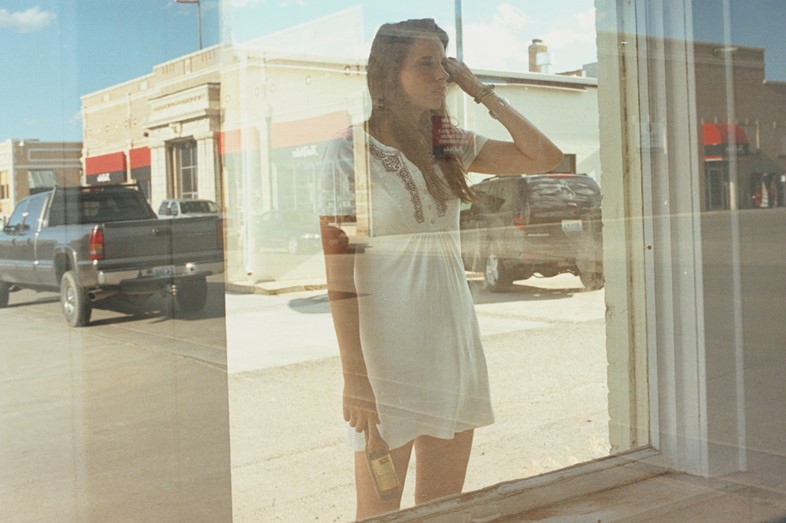
Oh photographing people...
"I am drawn to photograph people by a sense, an intuition that they have a story. I am not seeking to summarise their personality, as I have no faith in photography's ability to do that (that is another topic altogether!) but rather through a look, gesture, or backdrop, hint at a moment of truth – a segment from a 'movie.'"

On leaving interpretation open...
"I hope that the viewer will find poetic narrative strands with several, often conflicting stories underneath, engaging their imagination. Revealing stories, true or imaginary."
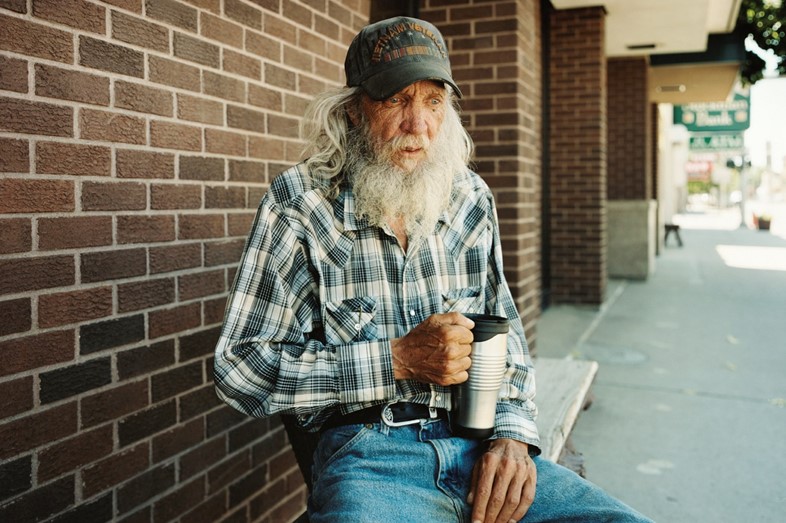
On his final shot...
"I was completing the last of many road trips in the summer of 2014, and driving through Miles City, Montana. Whilst photographing there I stumbled across Jonnie, a drifter, who had just settled there. He had lost two decades of memory up until early 2014 through 'incorrect medications.' Arriving in Miles City, he had no ID, no bank account, no phone, no social security number... he existed 'under the radar.' As I flew back to Europe, I knew that his image would complete the series, and it seemed so apt given the title that I had decided for the book years before was Last Best Hiding Place, which is a Montanan expression for living under the radar, unseen."
Last Best Hiding Place is available June 15, published by Kehrer Verlag.
